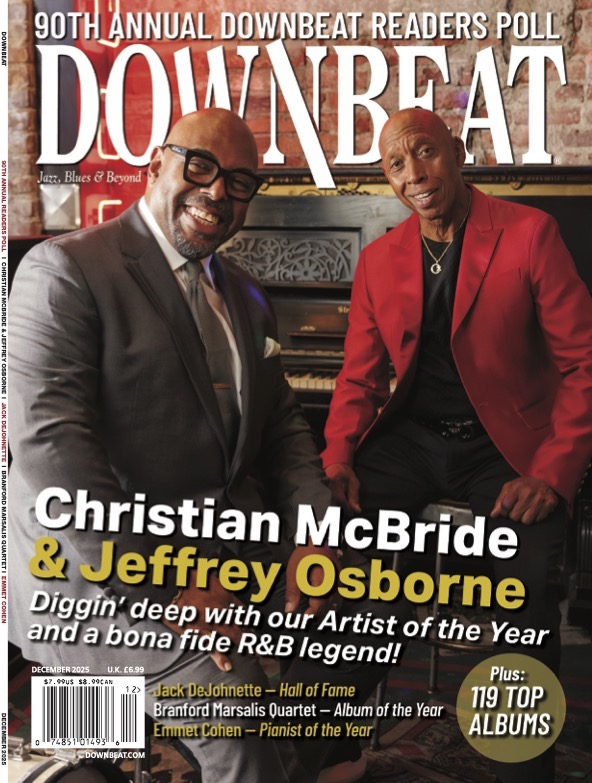Oct 28, 2025 10:47 AM
In Memoriam: Jack DeJohnette, 1942–2025
Jack DeJohnette, a bold and resourceful drummer and NEA Jazz Master who forged a unique vocabulary on the kit over his…
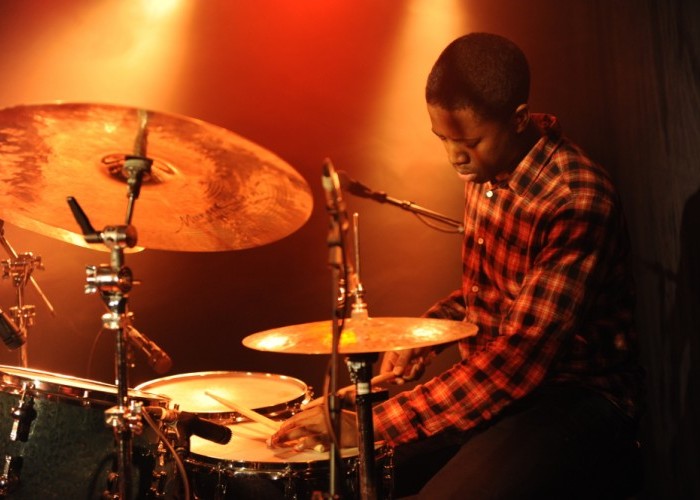
Drummer Moses Boyd, who gigs as Binker & Moses along with tenor saxophonist Binker Golding, recently played the Brussels Jazz Festival.
(Photo: Olivier Lestoquoit)There were three dominant artist groupings during the Brussels Jazz Festival. Naturally, there was a considerable indigenous Belgian contingent, plus a strong showing by U.S. artists. But there also was a powerful wave of featured British players. These acts mostly were gathered into the marathon UK Night, but also were spread out across performance spaces other than that concentrated showcase.
The 10-day festival, held Jan. 11-20, was located at Flagey, an arts complex in Ixelles, which lies south-east of the city centre. It’s an eye-catching art deco building—a former radio studio that looks somewhat like a steamship. With much of its wooden interior intact, the converted studios provide mixed-size venues for performance. UK Night opened with alto saxophonist and rapper Soweto Kinch’s trio in the smaller Studio 1, followed by the linear pulsations of Portico Quartet in the larger Studio 4. Perversely, the night’s most powerful set happened in the foyer/café area on the ground floor with Binker & Moses, a pair who began spreading their popularity across the Atlantic with an impressive set at the the 2017 Xerox Rochester International Jazz Festival in New York.
Tenor saxophonist Binker Golding and drummer Moses Boyd strafed the area with full force, clearly desperate to release the day’s accumulated energy. They made a searing impact on the closely grouped crowd, who filled the foyer and ranged up an overlooking set of stairs. Golding was armed with a tough, biting tenor sound, his phrases thrown out with an almost percussive force. He operated a strict control over the sometimes frenzied rush, a sharp edge that collided with Boyd’s precision clatter. The latter drums in free-jazz fashion, but without much of the micro-detailing favored by many players. Boyd is concerned with a bold simplicity, as he methodically works around his tightly resonating skins, shaping a metallic resonance and splashing cymbals.
Golding doesn’t speak much, saving himself for the end. But when he does talk, he’s witty and profound in his abstract observations. He said that he always has trouble recalling the titles of their pieces, but everything came from the recent Journey To The Mountain Of Forever (Gearbox Records). He also invited the crowd to come and chat after the performance, saying that Boyd is into all things spacey or cosmic, and that he himself digs movies, principally Stanley Kubrick and Fritz Lang.
The entire sequence ran seamlessly, as one number segued into the next. This was far superior to their Rochester performance, the material forced forward and upward to its maximum extent. A recurring structure was in place, as each inflamed duo assault was invariably followed by a solo drum spell, Golding perhaps needing some time to store up energy for his next empowered statement. There were even a few sections that operated on a calmer level, providing a softer, introspection. The pair chose free ascendance and a harsher sound, obscuring some of their usual Caribbean lightness.
This was a meaner, angrier gig.
Nearly a week later, on Jan. 19, The Comet Is Coming performed a similar feat of transcendence. Also from London, this trio features tenor saxophonist Shabaka Hutchings, keyboardist Danalogue The Conqueror and drummer Betamax Killer in an orgy of groove-based extremity. Hutchings employed his characteristically riff-based thrust, freely blowing along a linear path, while Killer made tightly snapping funk explosions and The Conqueror provided completely out-there synth excursions, frequently operating down at the bassier end of things. The mash included heavy dub, techno and space-jazz elements, always uniting abstract overlays with a pulsating dancecore, peaking with “Neon Baby.”
The Brussels collective Mâäk celebrated its 20th anniversary with an entire evening of music across three line-ups. First, the MikMâäk big band played in Studio 4, taking a couple of numbers before they launched into coordinated excitement, prompted by their pianist-conductor. MikMâäk’s primarily horn-based line-up was arranged across the stage in a large semi-circle. Then, back down in that magical foyer, the less controlled Five sub-group churned up a rock and improvisational mixture, featuring the dominant talents of returning original members, guitarist Jean-Yves Evrard and drummer Eric Thielemans. This was followed by a supposed jam session that sounded more like a full Mâäk gig, as all forces were combined. This entire evening was a festival highlight, drawing a large multi-city Belgian crowd on a Tuesday night.
In an opposite sonic state, a Sunday afternoon performance dubbed “The Sleep Of Reason” and set in the medium-sized Studio 1 involved a collaboration between keyboardist Fulco Ottervanger (one-third of De Beren Gieren) and the two artists who had been drawing and painting throughout the entire festival. During the set, Pieter Fannes and Yann Bagot spontaneously made black-ink strokes across a large paper panorama, swapping sides, so that their curls, streaks, shadings and brush-flicks took on a communal character. Meanwhile, Ottervanger began on piano, graduated to synthesizer, traveling from delicate impressionism to brutal grooves, before wandering around the back of the large easel, percussing his tiny shaker-can. This could have been a good time to conclude, but the waves of activity continued staggering along, as one artist or the other found fresh inspiration. Soon, the visual spread became too overworked, as all available space was filled. But Ottervanger continued to explore many different musical avenues. Perhaps this wasn’t about the composition, but more about the act of improvisatory brushwork, as images were built, then obliterated, just like a spontaneous musical creation. DB
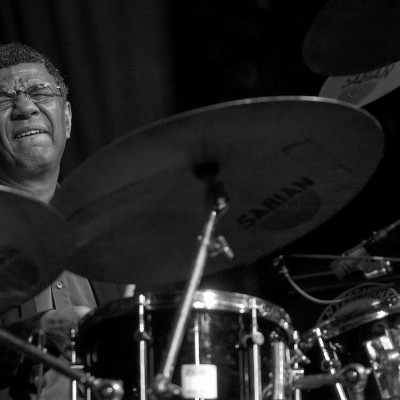
Jack DeJohnette boasted a musical resume that was as long as it was fearsome.
Oct 28, 2025 10:47 AM
Jack DeJohnette, a bold and resourceful drummer and NEA Jazz Master who forged a unique vocabulary on the kit over his…
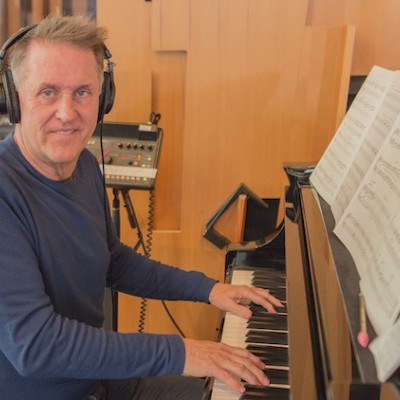
Goodwin was one of the most acclaimed, successful and influential jazz musicians of his generation.
Dec 9, 2025 12:28 PM
Gordon Goodwin, an award-winning saxophonist, pianist, bandleader, composer and arranger, died Dec. 8 in Los Angeles.…
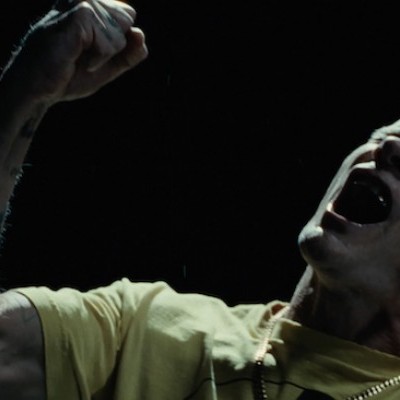
Flea has returned to his first instrument — the trumpet — and assembled a dream band of jazz musicians to record a new album.
Dec 2, 2025 2:01 AM
After a nearly five-decade career as one of his generation’s defining rock bassists, Flea has returned to his first…
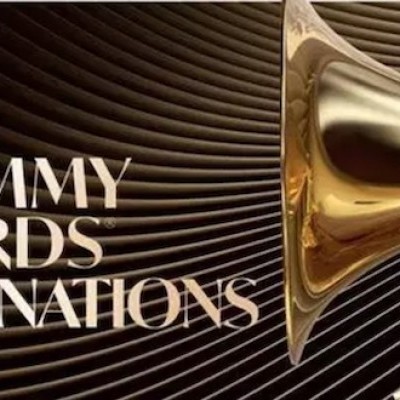
To see the complete list of nominations for the 2026 Grammy Awards, go to grammy.com.
Nov 11, 2025 12:35 PM
The nominations for the 2026 Grammy Awards are in, with plenty to smile about for the worlds of jazz, blues and beyond.…

Nov 13, 2025 10:00 AM
For results of DownBeat’s 90th Annual Readers Poll, complete with feature articles from our December 2025 issue,…

